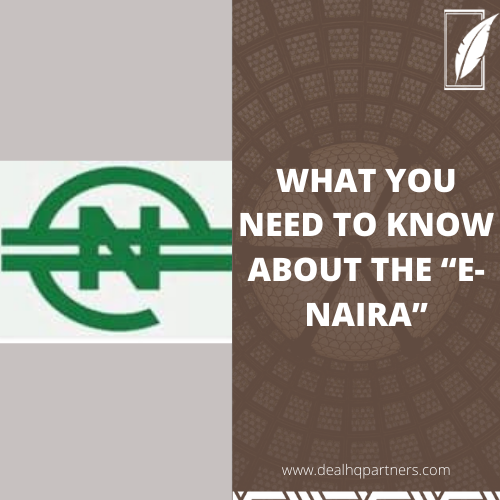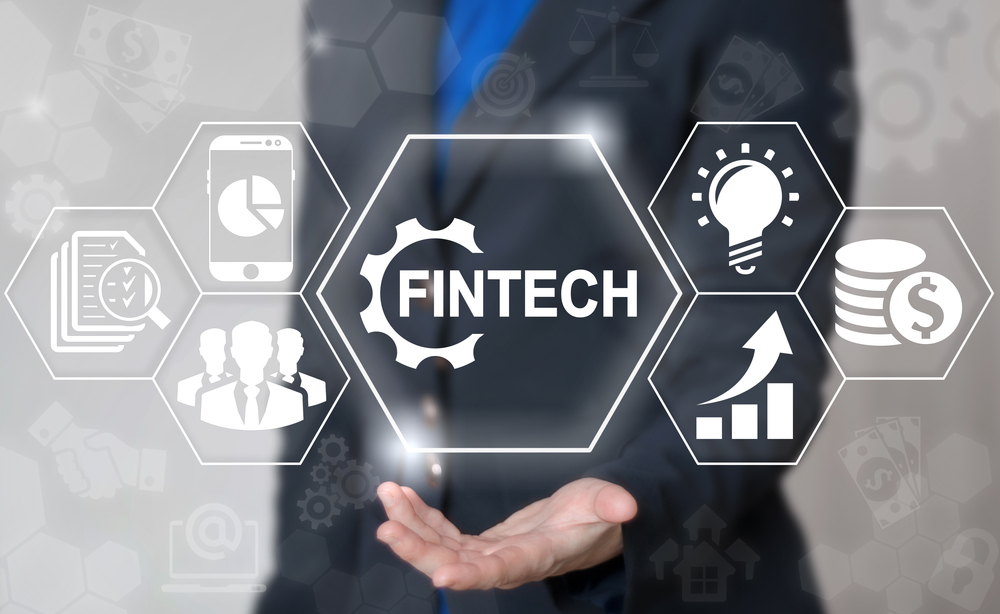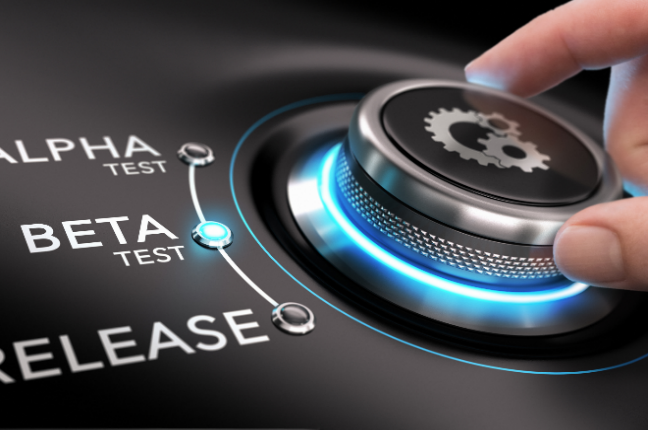
Watchesfromme.co.uk has the best replica watches, with 70% discount and free shipping, fake watches are also cheap and high quality.
Best place to buy cheap replica watches on www.breitlingreplica.top.
The largest & most trusted name to buy ultimate rolex replica watches. Best selection, Free shipping.
WHAT ARE NON-FUNGIBLE TOKENS?
Non-Fungible Tokens are cryptographic tokens created using blockchain technology. They represent and uniquely describe a valuable digital asset with special distinct features that allow for traceability and identification of the underlying asset which it represents (this underlying asset could be digital or a tangible real-life asset such as a vehicle, a gadget, a literal work or real estate).
The non-fungibility of these cryptographic tokens distinguishes them from other common cryptocurrencies such as bitcoin or ethereum which are created in multiples, each having the same features as all the others in circulation and each coin being of equal value. An NFT is encoded with an “indivisibility feature” i.e. the token cannot be broken into smaller elements of a whole such as you would a bitcoin (which can be broken into 100,000,000 satoshis) with each bearing a corresponding value of the fraction of a bitcoin. Each NFT is unique, exclusive and can only be transferred as a whole.
Nonfungible.com a website that tracks NFT marketplaces represents that the current NFT Market is worth over USD250 Million. For a market that was completely non-existent before 2017, it is expected that the market will balloon in geometric progression because of the boundless opportunity it opens for the trade of digital assets in a secure and efficient manner. Especially the possibility of easily converting all forms of assets into NFTs.
WHAT ARE THE KEY FEATURES OF A NON-FUNGIBLE TOKEN?
i. Uniqueness
The metadata attached to an NFT allows it to be defined by its unique features such that it can be clearly distinguished from other assets.
ii. Rarity
For NFTs it is impossible to create or reproduce the subject asset (there will always, only be a single version of the asset on the blockchain). This specifically is what influences the value of NFTs and makes them desirable to collectors.
iii. Indivisibility
An NFT cannot be split into smaller units of a whole. An NFT can only be held or transferred as a whole.
iv. Value
Only assets likely to be deemed valuable in the NFT marketplace may be converted to NFTs.
ARE ALL NFTS BACKED BY A TANGIBLE UNDERLYING ASSET?
An NFT is usually backed by an underlying asset which could be digital (such as digital art) or tangible real-life assets (such as an automobile or real estate). As previously explained the distinctive information relating to the asset is encoded into metadata on a blockchain platform. It is important for a buyer to understand the exact nature of the asset that is being acquired and to ensure that the smart contract purchased actually transfers legal and beneficial interest in the intended underlying asset and that the metadata are not a mere description of the same. It has been the case that some undiscerning buyers have acquired a mere description of an asset rather than the asset itself
WHAT NATURE OF LEGAL INTEREST DO I ACQUIRE WHEN I BUY AN NFT?
The Buyer of an NFT often expects to acquire the original, rare, and unique form of the underlying asset which the cryptotoken represents (if it is an artwork the original copy as digitally signed by the artist with a digital proof of authenticity and uniqueness in the form of metadata). The asset itself may not always be encoded into the Ethereum blockchain itself.
In simple terms, the NFT buyer acquires simply a smart contract on blockchain which contains metadata with the name of the asset, description of the asset, and a URI (Uniform Resource Identifier which provides technical details about how the asset works and in some cases link to an IPFS (InterPlanetary File System) a protocol that allows for the creation of permanent, immutable links to the blockchain where the asset is emplaced.
HOW IS THE VALUE OF AN NFT DETERMINED?
An NFT’s value is driven by demand and the value placed on it by potential buyers. There is therefore no empirical basis for determining its value, it remains very speculative. Offer prices are often driven by sentiments and its inherent features of rarity and uniqueness. A popular example is a digital collage created by the artist Beeple which after being converted to an NFT was traded for USD69Million at a public auction that started with a usd100 bid called the beginning of the Digital Collectibles craze. Or Jack Dorsey’s (Founder of Twitter) first tweet which he converted to an NFT and sold for USD2.9Million.

HOW DOES THE NFT MARKET PLACE OPERATE?
The NFT Marketplace is a virtual platform/website where NFTs can be traded, and where market participants take a sell or buy position and transact with each other via their digital wallets using cryptocurrencies as the medium of exchange. Whilst most marketplaces will trade a wide range of NFTs some operate as niche markets trading only one homogeneous category of NFTs a good example is Looking Glass Factory, a site that trades only digital holograms.
Some of the most common NFT marketplaces are:
i. Opensea, which is acclaimed as the largest NFT marketplace trading a variety of NFTs including art, virtual worlds, sports, trading cards, and other forms of collectibles. On Opensea, collectibles can be listed at a fixed price or for auction;
ii. Rarible, another popular marketplace that is community owned. It trades several categories of NFTs including art, photography, games, metaverses, music, domains, and memes amongst others;
iii. SuperRare is a marketplace for people to buy and sell unique, single-edition digital artworks. Each artwork is authentically created by an artist in the network and tokenized as a crypto-collectible digital item that you can own and trade;
iv. Atomic Market another popular platform is a shared liquidity marketplace that feeds other marketplaces. It allows its users to tokenize and create the digital asset and thereafter sell or auction the asset; v. Another common platform “valuables” is a niche market solely for trading tweets.
NFT marketplaces have become mainstream in the crypto space whilst NFTs have become the most trending asset class of 2021, sparking the interest of traditional investors and several high net worth individuals.
HOW ARE NFTs CLASSIFIED?
The subject of the classification of NFTs remains quite unsettled, however as the market deepens we expect more clarity around their classification. A school of thought argues that NFTs are securities in respect of which local securities law should apply, others argue that they are simply a digital identifier of any form of asset whose legal title is transferrable. The test of whether an NFT will be classified as security will depend on:
i. The purpose for which it was created: If the NFT is being created and sold as a way for members of the public to earn investment returns with a line of recourse to the issuer it will be more likely to be considered a security. Especially if the smart contract has features of an investment contract.
ii. How it is traded: where an NFT is traded on a marketplace that operates similarly to exchanges and capital trade points shares where other securities or commodities are traded, it is likely to be classified as security especially where there exists is a secondary market feature on the trading platform.
WHAT FORMS OF INTELLECTUAL PROPERTY RIGHTS ARE ATTRIBUTABLE TO NFTs?
The storage of NFTs on a blockchain ledger provides a way for asset holders to establish proof of ownership and possession with the innate benefit of immutability and security. It is important to understand the bundle of intellectual property rights which may be applicable NFTs or transferrable to a buyer.
Patent: Where the mining of an NFT or the cryptotoken involves innovation that solves a technical problem, it may be possible to patent the innovation subject to meeting the applicable registration criteria. The patent right is likely to remain proprietary to the creator.
Copyright: In relation to copyright, the metadata related to an NFT are by themselves a creative expression over which the creator automatically acquires exclusive copyright. There is a marked distinction between ownership of the NFT and ownership of the content in the metadata. Where not expressly assigned in the ‘smart contract’ between the creator and the buyer, any incidental copyright remains with the owner. The owner of the copyright remains the only party who can reproduce, make derivative works of, perform, display or distribute copies of the content. Where an NFT relates to artistic or literary work, it is curious what nature of interest is transferred to a buyer if he is not granted the intellectual property right in the work whether in form of a full assignment or a license to use.
Trademarks: In relation to trademarks, NFT creators may protect the name or other graphic property in the work by registering the name or the visual representation.
CONCLUSION
Even though Non-Fungible Tokens are gaining popularity and momentum as a digital asset class, it is no gain saying that the market is new and evolving. Market regulations are therefore still at infancy. At best, the law and regulation applicable to the class of underlying asset will apply to all related transactions. It remains important to exercise caution and seek professional advise when dealing in NFTs especially to guarantee that a buyer of an NFT actually acquires the intended interest in the subject underlying asset.
HOW TO GET STARTED
Do you need to know more about NFTs? Our Technovation team is available to support you.
You may contact our team on: Email: info@dealhqpartners.com Telephone: +234 1 4536427 or +234 9087107575
Click here to download PDF










Recent Comments